#orkney
Text

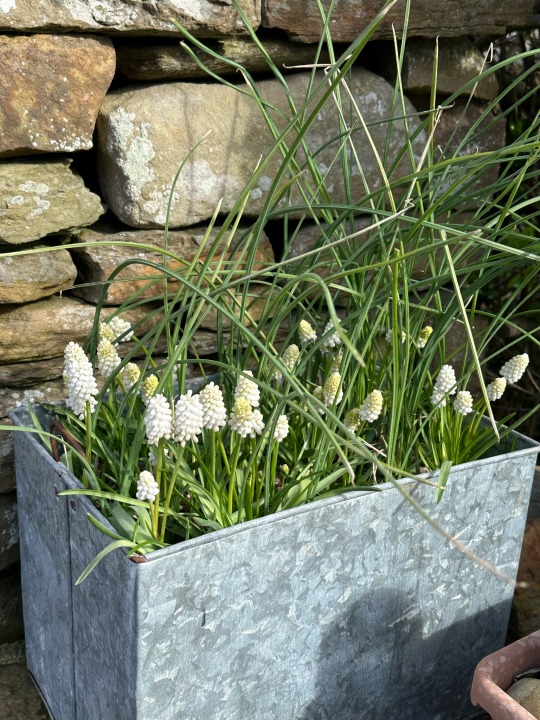
Plant of the Day
Wednesday 24 April 2024
This container was filled with a display of Muscari aucheri 'White Magic' (grape hyacinth). This clump-forming, bulbous perennial is great for a container and can then be planted out at the front of a border.
Jill Raggett
#Muscari#grape hyacinth#white flowers#container#bulbous#bulbs#plants#horticulture#garden#community garden#marengo#orkney
61 notes
·
View notes
Text
Today is World Heritage Day
Oiginally known as the International Monuments and Sites Da it is a global celebration of this planet’s heritage. It’s all about increasing the awareness of the importance of the diversity of cultural and natural heritage and preserving this heritage for future generations..
In Scotland we’re lucky enough to have no less than six UNESCO World Heritage Sites. they are;
St Kilda.
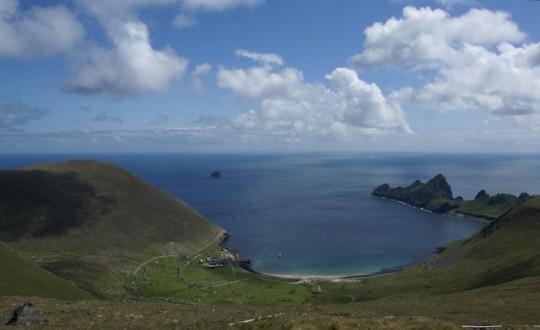
The remote Hebridean island archipelago is one of only two-dozen global locations with World Heritage Status for both natural and cultural significance.
The archipelago shares this honour with natural and cultural wonders such as the Historic Sanctuary of Machu Picchu in Peru and Mount Athos in Greece.
I'd love to visit, but it is a wee bit too expensive for me.
Edinburgh Old and New Towns.
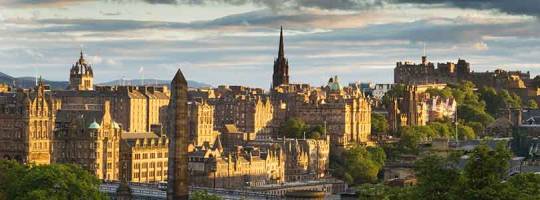
Some people have asked me which part of Edinburgh is covered by this title, well the simple answer is all of it!
The capital is a city of many eras, and its World Heritage Site comprises both the old and new towns. The Auld Toon has preserved much of its medieval street plan and Reformation-era buildings along the wynds of the Royal Mile.
The (relatively) New town contrasts this perfectly with neoclassical and Georgian architecture in regimented order.
Antonine Wall.

I've explored many parts of the wall. Constructed around 142 AD by the Romans, the Antonine Wall marked the north-west frontier of their empire. Stretching from the Firth of Forth and the Firth of Clyde, the Antonine Wall separated the civilised Romans from the wild Caledonians.
The Heart of Neolithic Orkney
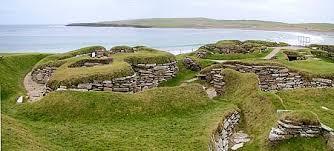
I've not visited The Northen Isles as yet, plans were in the early stages to go this year, but my friend ended up in hospita and is still recuprating, hopefully we can get something sorted when she becomes more able.
The Orkney mainland is synonymous with archaeology. It boasts the mysterious standing stones at the Ring of Brodgar and megaliths at Standing Stones of Stenness, as well as the 5,000-year-old settlement of Skara Brae and chambered cairn and passage grave of Maeshowe. Together these four sites form the heart of Neolithic Orkney, which was given World Heritage status in 1999.
The Forth Bridge
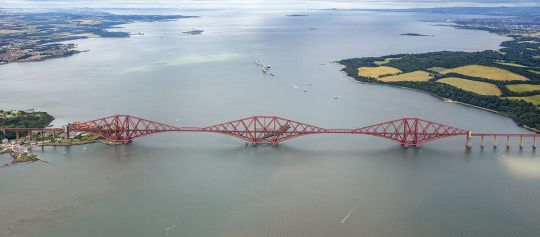
I remember as a bairn drawing and painting the bridge with a steam train going over it, but the train going over the "bumps!"
One of our most iconic and beloved bridges, the Forth Bridge was named a World Heritage Site in 2015 just after its 125th anniversary. The bridge was one of the most ambitious projects of its kind ever attempted at the time. When it opened it had the longest single cantilever bridge span in the world.
New Lanark
The last mill closed in the 1960s but a restoration programme saved the 18th-century village from falling into dilapidation.
It is an early example of utopian socialism in Scotland as well as a planned settlement – making New Lanark an important milestone in the historical development of urban planning. I have never visited, I must say I much prefer my ruined castles and abbeys.
104 notes
·
View notes
Text
Scotland’s Orkney Islands are home to an astonishing number of neolithic sites. From the settlement of Skara Brae to the Broch of Gurness, the islands are full of mysteries.
181 notes
·
View notes
Text

This is a memorial from Roussay on Orkney to James Leonard, an early tennant organiser. He was ultimately evicted from his land by the infamous landlord Frederick William Traill-Burroughs. Following his eviction, three of his children died of diphtheria. But his work in organising the tennants and giving evidence to the Scottish government ultimately got more protections for the crofters and may have helped prevent other clearances on Orkney.
Despite this he failed to win protection in time for the crofters of Roussay, and the island's population has gone from over 1000 at the time of the clearances to less than 100 today.
James Leonard's words still ring true today: "I am prepared to speak the truth and will not be cowed by landlordism" and "We are under the despotism and terror of the landlord and we want that removed ; even though I should fail in this battle, I will fight it out."
Today, James Leonard's farm stands derelict, and the land he rented unfarmed. Meanwhile, Burrough's grand house was gutted by a fire in the 1980s and also currently stands empty.
#uk politics#uk history#tennants#organising#highland clearances#Orkney#Scotland#social history#workers history
92 notes
·
View notes
Text
Time Travel Question 24: Ancient History XII and Earlier
These Questions are the result of suggestions from the previous iteration.
This category may include suggestions made too late to fall into the correct grouping.
Please add new suggestions below if you have them for future consideration. All cultures and time periods welcome.
#Time Travel#Picts#Caral-Supe Civilization#Neanderthals#Early Humans#Mycenaeans#Germanicus Julius Caesar#Germanicus#Plague of Athens#Hermes#Athens#Alcibiades#Ancient Greece#Ancient Rome#Bronze Age#Orkney#Corn#History of Food#Mesoamerica#Qin Shi Huang#Ancient China#Karahan Tepe#Pre-Celtic Britain#Homo Heidelbergensis#Pre-sapiens Homids
77 notes
·
View notes
Text
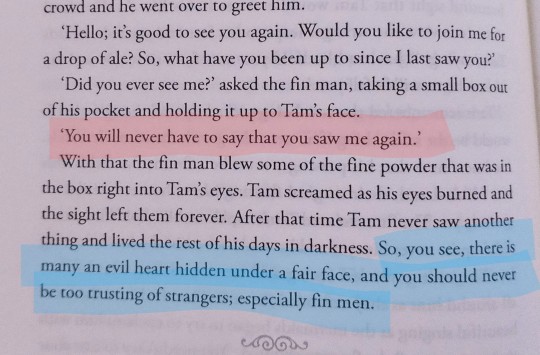
An example of why I won't have any of the neighbors be nice to outsiders (unless they were taken or invited to Home). Finfolk are some of the meanest people in folklore.
For context in this story, this guy basically sailed this Finman across the sea a few times and got friendly with them, seeing the stranger at a pub or something one day. Then the finman whips out this dust and permanently blinds the poor man. Because he saw the finman.
In short Finman/Finwife are pretty people but not so much on the inside.
75 notes
·
View notes
Text
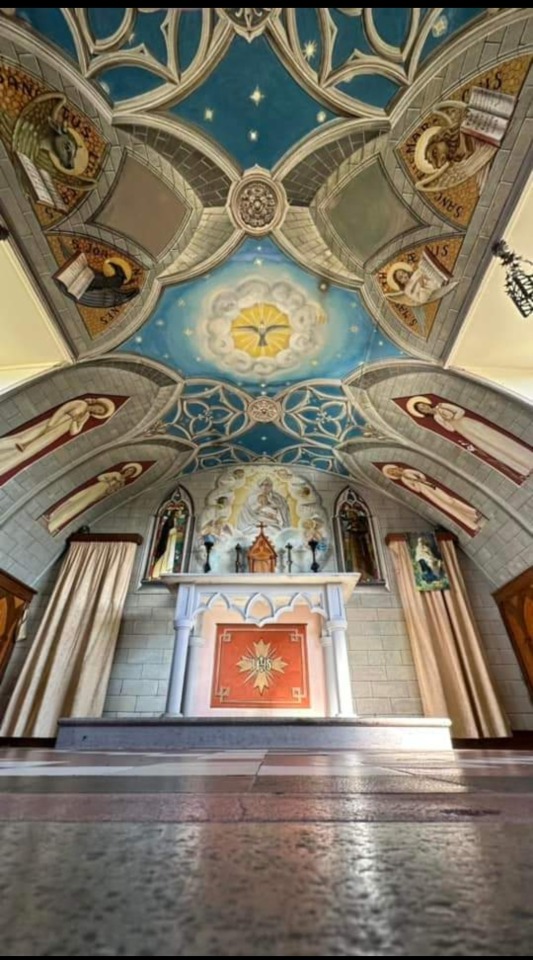
Inside the crossing at the stunning Italian Chapel from floor upwards. Click on pic for full screen.
The chapel was built by Italian POWs on the little island of Lamb Holm during WW II.
Domenico Chiocchetti one of the POWs was a painter and he hand painted the frescoes.
14 notes
·
View notes
Text
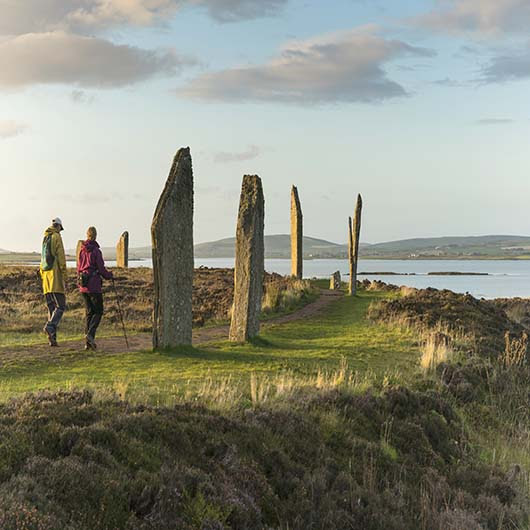
The Ring of Brodgar on Orkney predates Christianity by millennia, so the term pagan is used quite loosely. It was all our ancestors knew.
#Ring of Brodgar#Orkney#Scottish islands#standing stones#pagan monuments#stone circle#prehistoric#ancient britain#UNESCO World Heritage#mystical#remote#Scotland#UK
57 notes
·
View notes
Text
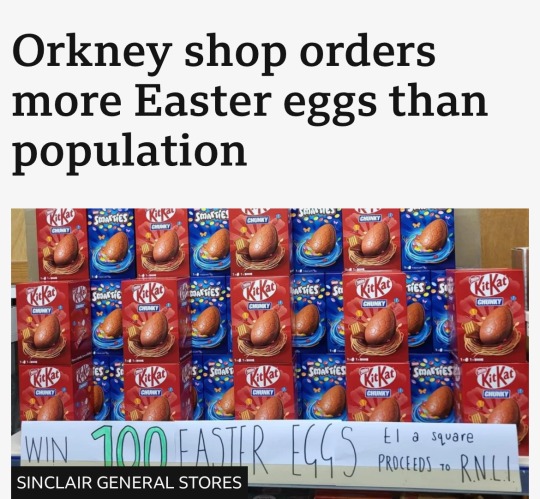
Perfect excuse for a ‘feeding the five thousand’ joke
11 notes
·
View notes
Text




From: Transactions - The Royal Society of Edinburgh. Edinburgh: Royal Society of Edinburgh, vol. 9. 1823.
Q41 .E2 v. 9
#spectrum#science#illustration#hand colored#orkney#hailstorm#maps#fata morgana#mirage#greenland#india#buddhist#hindu#art#history#libraryofva#specialcollections#rarebooks#19thcentury
14 notes
·
View notes
Text


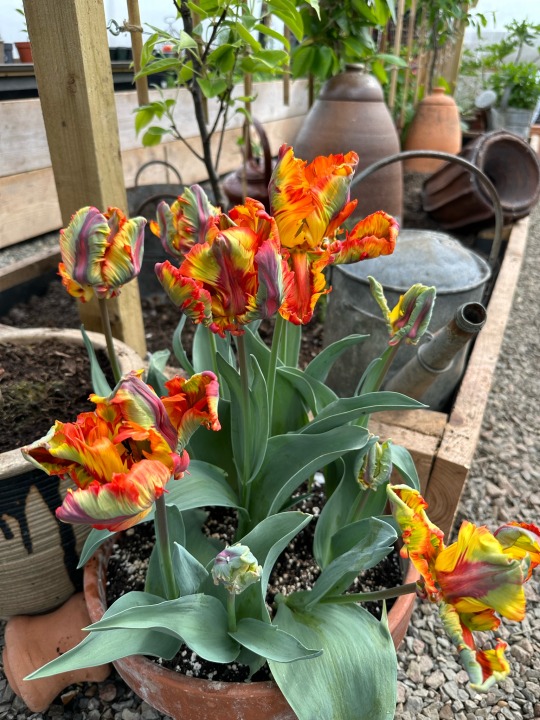
Plant of the Day
Thursday 18 April 2024
In the shelter of a Polycrub I really enjoy growing tulips as a cut flower. The star at the moment is Tulipa 'Rasta Parrot' (tulip) which provides an explosion of colour with twisted, curling petals, of irregular shape and in unusual patterns.
Jill Raggett
#Tulipa#tulip#tulips#cut flower#bulbs#orange flowers#parrot tulip#plants#horticulture#polycrub#garden#orkney#container
193 notes
·
View notes
Text

On 20th February 1472 Orkney and Shetland officially became part of Scotland.
Less than four years earlier, in 1468, the Northern Isles were mortgaged to Scotland for 8,000 florins as part of the marriage dowry between the future James III and Princess Margrethe of Denmark.
But you have to go back a wee bit further for some of the history, following the Battle of Largs, in 1263, and the loss of the Western Isles as a result of the Treaty of Perth, in 1266, Orkney and Shetland were the only part of what is now Scotland to remain in Norwegian hands.
Although the islands were still officially under Norse rule, the control Scottish Earls had over Orkney was on the increase.
This culminated in the appointment of Henry Sinclair, Earl of Roslin to the Earldom in 1379, and heralded changes in the ownership of land and the gradual break-up of the Norse systems of tenure.
The Earldom of Orkney was held for the Norwegian (and later Danish) Crown until 1468, at which time the impoverished Christian I, King of Denmark, Norway and Sweden, “motygaged” Orkney to the Scottish Crown as part of a marriage agreement with King James III.
The Scottish king was to marry Christian’s daughter, Margaret, and by this agreement Orkney was held as a pledge, redeemable by the payment of 50,000 Rhenish Florins.
At the end of the first year the payment had not been forthcoming so Shetland was pledged for a further 8,000 Florins.
Two years later, Christian had still not made the payment so the Earldom of Orkney and Lordship of Shetland were annexed to the Scottish Crown.
As the years passed, the Scottish influence over the islands grew and gradually the Norse way of life and language slipped away. By the late 17th century the variant of the Norse language of Orkney - Norn - was spoken only by the inhabitants of one or two remote parishes.
In 1564, Mary Queen of Scots gifted the Royal Estates in Orkney and Shetland to one Robert Stewart - her half-brother and natural son of James V. Thus began the tyranny of the Stewart line - traditionally hailed as Orkney’s darkest years.
Robert Stewart’s acquisition, and subsequent “handling” of the islands, was documented as followed:
“This miscreant, having secured in addition the whole temporal estates of the bishopric by an excambion effected in 1568, and having become Earl of Orkney in 1581, spent the rest of his life - with the exception of a short period during which he was imprisoned, partly as a penalty for improper negotiations with Denmark - in oppressing the islanders for his own personal advantage.”
24 notes
·
View notes
Text
An unprecedented Neolithic tomb discovery in Orkney, Scotland offers a fascinating glimpse into ancient burial architecture. 14 human remains and artifacts uncovered were in a well preserved state.
29 notes
·
View notes
Text
The body-spirit dichotomy, or the body-intellect dichotomy, is a bitter prideful cleaving of the wholeness of a man's nature. Earth and man and sun and bread are one substance; they are made out of the original breath-smitten dust. Men must never despise the flames and darknesses they have come from. The best earth-gold is the cornstalk in August.
George Mackay Brown, Magnus (1973)
41 notes
·
View notes
Photo

Mervyn Rendall took this striking picture of lenticular clouds over Orkney.
75 notes
·
View notes
Text
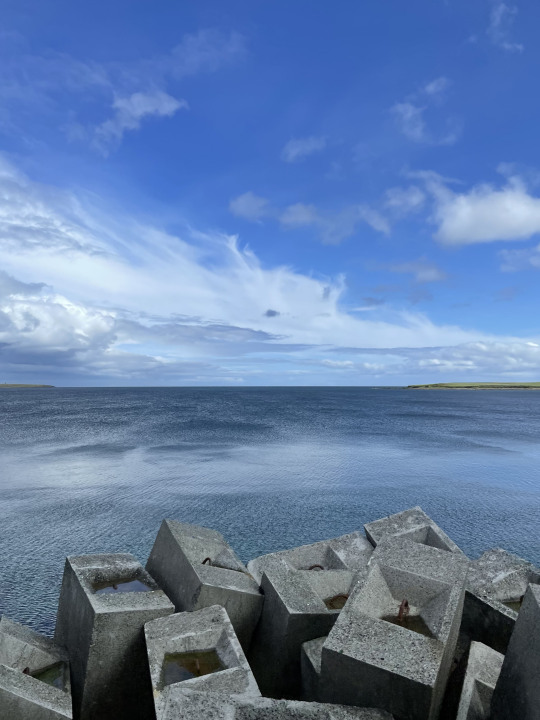
“Every man has his secret sorrows which the world knows not; and often times we call a man cold when he is only sad.”
― Henry Wadsworth Longfellow
9 notes
·
View notes